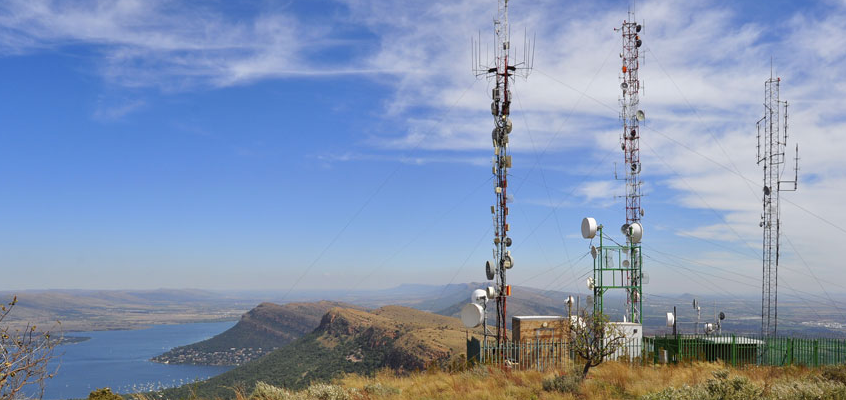5G’s Double Vision for the Future
5G is rumored to be on the horizon. But the technology is vague and there are two very different takes on what the upgrade could look like.
5G is on its way, but no one has a clear picture of what that means.
Phonecalls seem to be a secondary feature to the common smartphone user: most of us text far more than we call. And yet, in 1991, when Finland’s former prime minister Harri Holkeri made the first GSM call to the vice mayor of the Finnish city of Tampere, Kaarina Suonio, the world was enchanted. “When we were building up the system and creating the first Nokia GSM phone that would make that first call very few of us dared to dream about the future,” said Timo Ali-Vehmas, VP, compatibility & industry collaboration, Nokia. “None of us back then imagined the huge impact GSM would go on to have for the lives of billions of people around the world."
Now, 24 years later, carphones are a thing of the past and smartphones are ubiquitous. Data has become such a precious commodity that carriers charge by the gigabyte, and babies can swipe earlier than they can talk. Keeping up with the strains placed on networks has been no easy feat. Plus, now that the Internet of Things is about to be integrated into everything from the common household to industrial assembly lines, demand for steady and fast data streams is more fervent than ever. That's why the rumors of 5G implementation are gathering so much enthusiasm.
The GSMA, the association responsible for setting GSM standards, hasn't agreed on what the standard for 5G will be, which makes defining it difficult. According to the GSMA, there are essentially two options: "a service-led view which sees 5G as a consolidation of 2G, 3G, 4G, Wi-fi and other innovations providing far greater coverage and always-on reliability; and a second view driven by a step change in data speed and order of magnitude reduction in end-to-end latency."
To translate that, 5G is not strictly the successor to 4G. The former vision could be a hyper-connected technology with potentially low-power capabilities for IoT and M2M networks that still manages to increase coverage while blending in with infrastructure from previous technologies. The latter vision is a "generation-definining" scenario with potential new radio interfaces.
The implementation of either vision would require an overhaul of existing infrastructure and is still years away. Even getting networks and countries to agree on the standards for 5G is problematic. But the upgrade needs to happen, especially if connected cars gain popularity. To put the significance of this in perspective, take a look at Verizon's current coverage map:
It's not terrible, unless you live in semi-rural Nevada or most of Maine or basically the entire state of Alaska. In that case, your connected car won't be connected anymore. And bear in mind that Verizon is widely regarded as having the best coverage; our condolences if you have T-Mobile.
And there's another reason 5G can't come soon enough: bottlenecking. With so many customers putting such strain on networks, the entire experience is slower. Being in an area with 4G LTE coverage doesn't necessarily mean you'll experience the speeds you should. There aren't any quantifiable specs on 5G just yet, as there's still much work to be done with the infrastructure of delivering the upgrade, but it could be hundreds of times faster than 4G LTE and deliver exponentially better bandwidth capable of supplying the IoT with necessary always-on functionality.










A new network type? How about we focus on making the current LTE actually something that can be relied upon? I can be in the middle of downtown Oakland or S.F. and still have trouble getting an internet connection. Pathetic, really.
Hi
Can give me reference for LTE?
Thanks